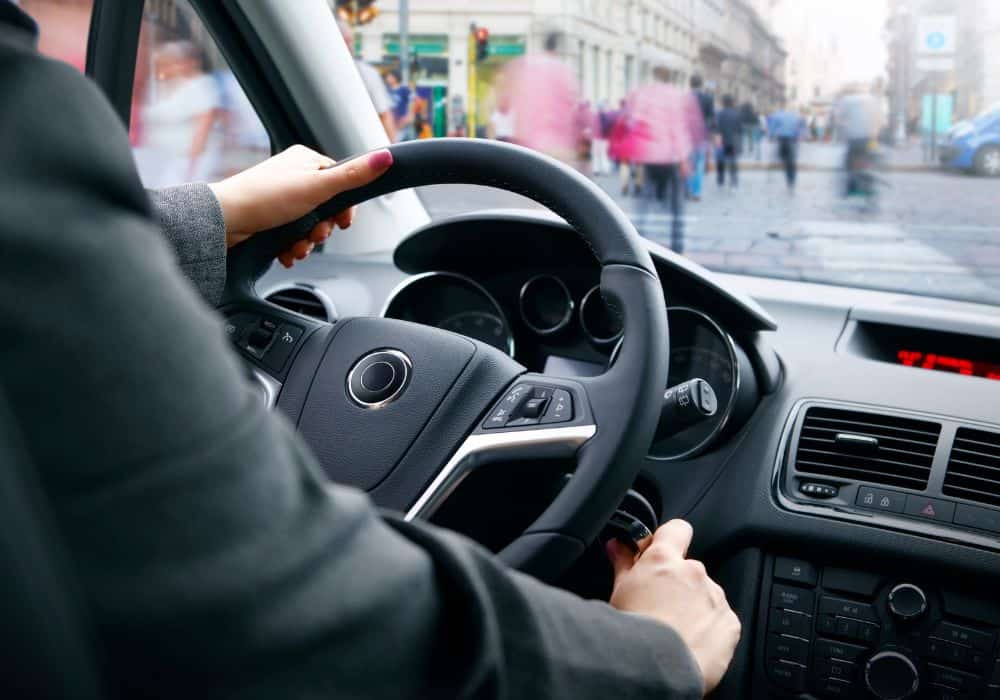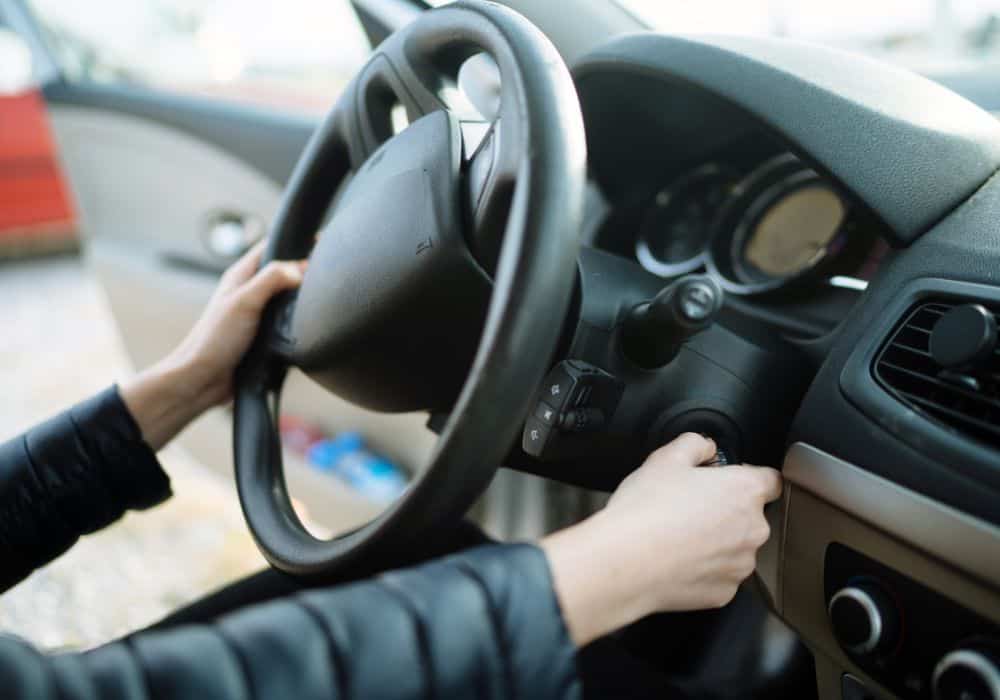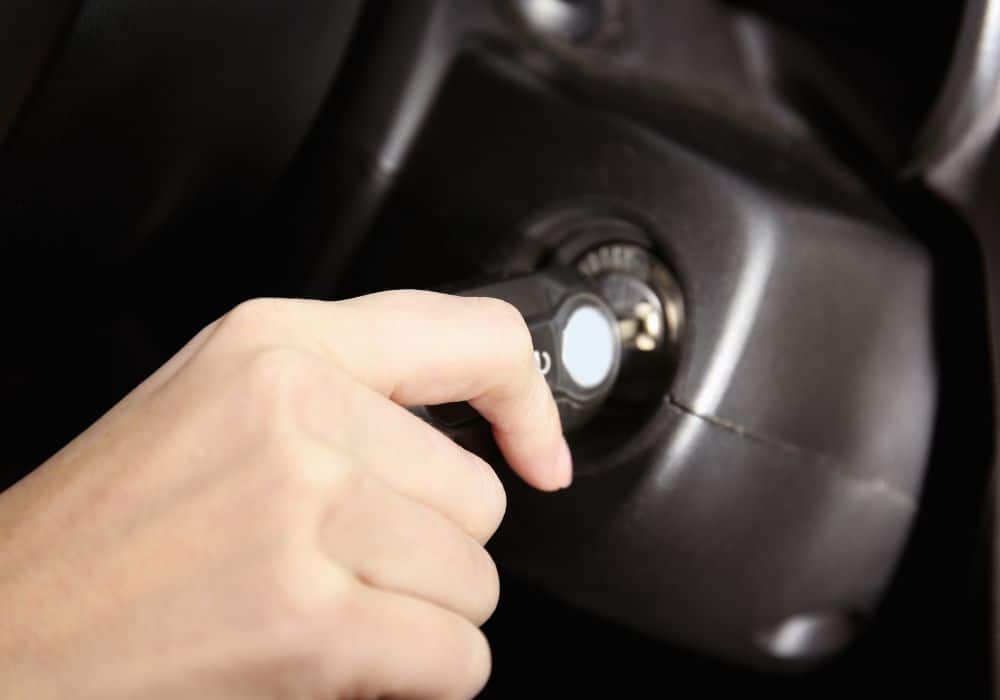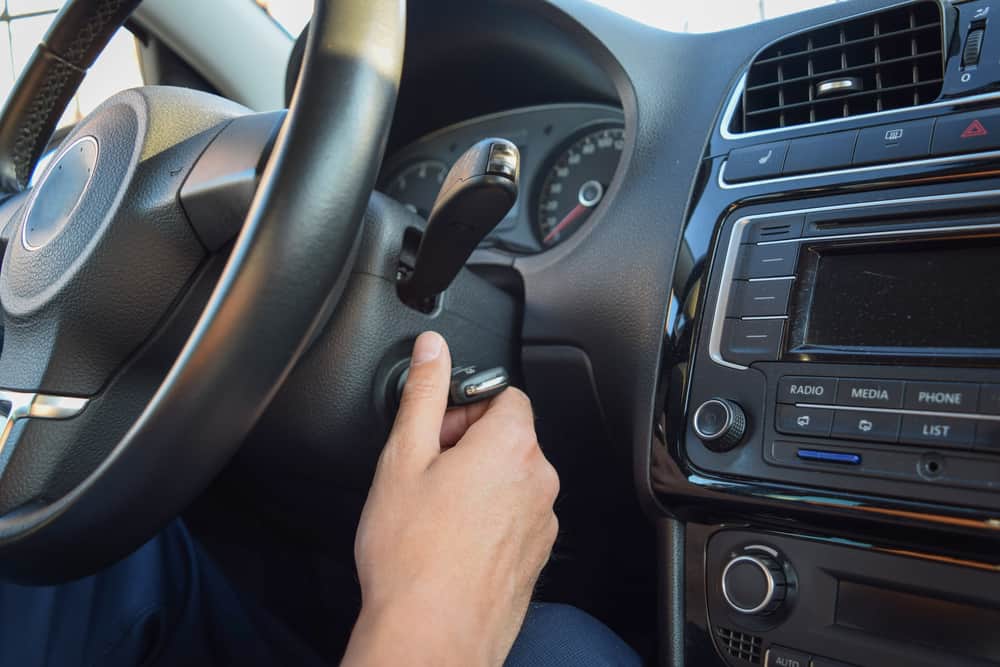It is a sticky situation when your car refuses to start and you can’t seem to pinpoint the problem especially when you are sure it’s not a faulty battery. So what are the most likely causes of a car not starting when the battery is not the problem, you ask?
An empty fuel tank, a bad or frozen fuel line, a clogged fuel filter, a faulty starter motor, a bad ignition switch, or a weak ignition coil are only some of the reasons why your car might refuse to start when the battery is not faulty.
In this guide, we discuss ten reasons why your car is refusing to start once you’re sure it’s not a battery problem. Together with us, you will also learn ways to remedy this situation and get your car back on the road.
Table of Contents
10 Reasons Why Your Car Won’t Start Even with A Good Car Battery
To help you diagnose why your car has refused to start when you are sure it is not a faulty battery, we’ve classified the faults into two broad categories. These are;
- When the car refuses to start and the engine cranks.
- When the car refuses to start and the engine does not crank.
When The Engine Cranks

When the engine makes a cranking sound, this suggests that the electrical system and connectivity of the car are functional. In this situation, the problem is most likely because the fuel is not getting to the component or compartment it is needed.
Here are some likely causes of this problem.
1. An Empty Fuel Tank
An empty fuel tank is one of the most apparent reasons your car is not starting even though the battery is functional. So, before you open any part of your car unnecessarily, you need to confirm that you have enough fuel to get your car running.
While a car does not need a full tank to start, you may have tapped into the last reserve before you parked your car, this can prevent your car from starting. To diagnose this issue, we recommend you try tracking your fuel usage using the fuel gauge.
It is also possible that the reading for the fuel gauge is broken, which is why you must have missed the empty gas tank indicator on the dashboard.
- Solution
To resolve this issue,
Step 1: Confirm that your fuel gauge reading is accurate. This way you can check the indicator if the gas is low.
Step 2: Fill the gas tank just enough to be able to move your fuel gauge reading back up.
Step 3: Try starting the car again to confirm that the refueling worked.
N.B: You should avoid waiting until the fuel level is at reserve level before refueling your gas tank.
2. Bad/Frozen Fuel Line
Another reason why your car might refuse to start even when the battery is not the issue is if the fuel line is faulty/frozen which causes the car engine to crank without igniting. Frozen fuel lines are a common issue during winter weather.
Alternatively, it could be because the gas in your car has gone bad. So, if fuel has been sitting in your car for six months or more, the old fuel likely lacks enough combustion to start the car.c
- Solution
To resolve this issue, consider the solutions below.
Step 1: Verify how long the fuel in your car has lasted and proceed to treat it if it has lasted over six months.
Step 2: If the quantity of stale fuel in the car is little, mix it with fresh fuel to restore combustion. However, if the quantity of stale fuel is too much, you must drain the stale fuel.
Step 3: Start the car again after changing the fuel to see if this fix worked.
Step 4: If step 3 above does not remedy the situation, fix the frozen fuel line by adding fuel line treatment. This unfreezes the frozen gas and restores gas flow to the car.
3. Clogged Fuel Filter
The fuel filter is responsible for the flow of clear and clean fuel from the gas tank to the fuel injector. Without a doubt, with time, these components will gather dirt and other contaminants which are capable of causing a blockage hence restricting the flow of fuel in your car.
Experts in this field advise that changing fuel filters every 20,000 miles is the best way to prevent this from happening. You can also confirm the recommended duration to change your car’s fuel filter by reading through your car’s manual or contacting the manufacturer.
- Solution
Always invest in good quality gas so your fuel filter does not get clogged fast. And you should check your owner’s manual to see how often it is recommended for you to change these filters. Although, it would be best to factor in your usage when making this decision.
4. Positioning of the Car

It might interest you to know that how your car is positioned can also determine if it will start or not. If your car is in gear, the engine will not start. It must be in the park or neutral before the car can start.
Additionally, if your car normally starts in gear mode and suddenly stops, especially without the engine cranking, this would mean that you have a bad neutral safety switch which would have to be replaced.
- Solution
Resolving this problem is quite easy. All you need to do is move your gear to neutral and try starting the car again. You should also consider moving the brake pedal. However, if your car has a manual transmission, push down the clutch pedal.
When The Engine won’t Crank
When your car engine refuses to crank, the problem is most likely electrical. To resolve this, you would need to open up parts of your car. Here are some of the likely problems;
1. A Faulty Starter Motor
The starter motor’s job is to activate the engine through the starter relay. If this motor stops working, there is no way your car will start as it is attached to a cylinder-shaped component that transfers current from the motor to the car engine. This means the engine will not crank, thereby causing your car not to start.
When faced with this problem you would hear a grinding or clicking sound with only the headlights responding anytime you try starting the car, other times you will notice smoke due to continuous attempts to start the car.
- Solution
You should replace the faulty starter with a new one in order to solve this issue. To successfully attempt this, get a set of
- Screwdriver,
- Pliers,
- Manuals
- The car jack is on standby for this process.
Step 1: Jack up your car for easy access, locate the starter, and disconnect the negative cable from the battery and the positive cable from the starter. Take out all the bolts and support holding the starter together.
Step 2: Remove the old starter and compare it with the new one to confirm that it is the same fit so you are sure you got the right replacement before inserting the new one.
Step 3: Once you replace the starter, check for components in the old starter that you should attach to the new one and transfer it immediately. You should also put back all the bolts that you took out earlier.
Step 4: When the starter is in place, you can reconnect the negative cable to the battery and test the replacement by starting your car. If you follow this process, your car will start.
2. A Bad Ignition Switch
The ignition switch activates the power supply from the car battery to other components in your car. If this switch is faulty, there is no way a car can start.
This may not be the most popular reason for your car not starting as it is often mixed up with a faulty starter. However, there is still a chance that this is the culprit, especially in older cars. There are other signs this problem will show that a starter problem will not show and they are:
- No grinding or clicking sound at all
- The ignition key does not turn in any position
- Flickering dashboard lights
These signs, and the car not starting, tell you there is a problem with the ignition switch.
- Solution
The only option, in this case, is to change the ignition switch. You will achieve this in three easy steps.
Step 1: Take the surrounding casings apart to expose the ignition switch
Step 2: Carefully take out the faulty ignition switch
Step 3: Replace the faulty switch with a new one and don’t forget to test the car after all the components have been assembled.
3. Weak Ignition Coil
The ignition coil converts the battery’s voltage into the electric spark that starts your car. If this coil is weak, the coil will not create a spark and will prevent your car from starting.
Over time, it is expected that an ignition coil will grow weak. It is possible to test this coil using a multimeter to know how strong it is. If the test shows it still has 12,000 volts or more, the coil is strong enough, but if not, it has grown weak.
- Solution
Just like the other faulty parts of a car, replacement is the next step for a bad ignition coil.
- Take out the faulty ignition coil by following directions from the owner’s manual
- Replace with a stronger and tested ignition coil
- Jumpstart and test your car once the replacement is complete
4. Weak Key Fob Battery
This is similar to the ignition problem, especially if your vehicle uses a keyfob. When you press the start button and the key fob battery is weak, your car will not receive any signal causing it not to start.
- Solution
The solution here is to replace the key fob’s battery, which is located inside of the fob with a good battery and try starting your car again.
5. Faulty Spark Plug/Broken Distributor Cap

Every car needs the correct fuel pressure and sparks to ignite the engine. If the fuel pressure is right and the car won’t start, it can mean there is an issue with your spark plug which will prevent combustion.
To confirm that the problem is with the spark plug, other signs your car will give are:
- Acceleration problems
- Engine misfires
- Rough Idle
- Activated check engine light
- Noticeable reduction in fuel economy
Another reason why the spark your car needs to start is missing can also b traced to a broken distributor cap. The distributor is responsible for regulating the right flow of electricity from the ignition coil to the spark plug through the rotor fitted inside.
Should these rotors go bad, the flow of electricity to the spark plug will be cut, thereby preventing your car from starting.
- Solution
We recommend you replace the faulty spark plug with a new one so your car can start.
6. Busted Timing Belt
The timing belt is a component in your car responsible for the proper functionality of a car’s engine. It is a rubber gear that allows for the rotation of the crankshaft and the cam in the engine when needed.
This belt ensures that the valves in the engine open and close periodically so the pistons and valves do not come in contact. If this belt is faulty, your car won’t start and if it gets faulty when running, it can cause damage to your car’s engine.
N.B: A busted timing belt is often accompanied by an oil leak making it hard to miss.
- Solution
Replacing the timing belt is your best bet should this problem arise. Taking out the faulty timing belt and inserting a new one will get your car running in no time.
Final Thoughts
If you are ever in a situation where your car refuses to start, try out the quick fixes we’ve discussed, you’d be surprised to find out they cost far less than you would have spent if you hurriedly called your auto repair mechanic.
